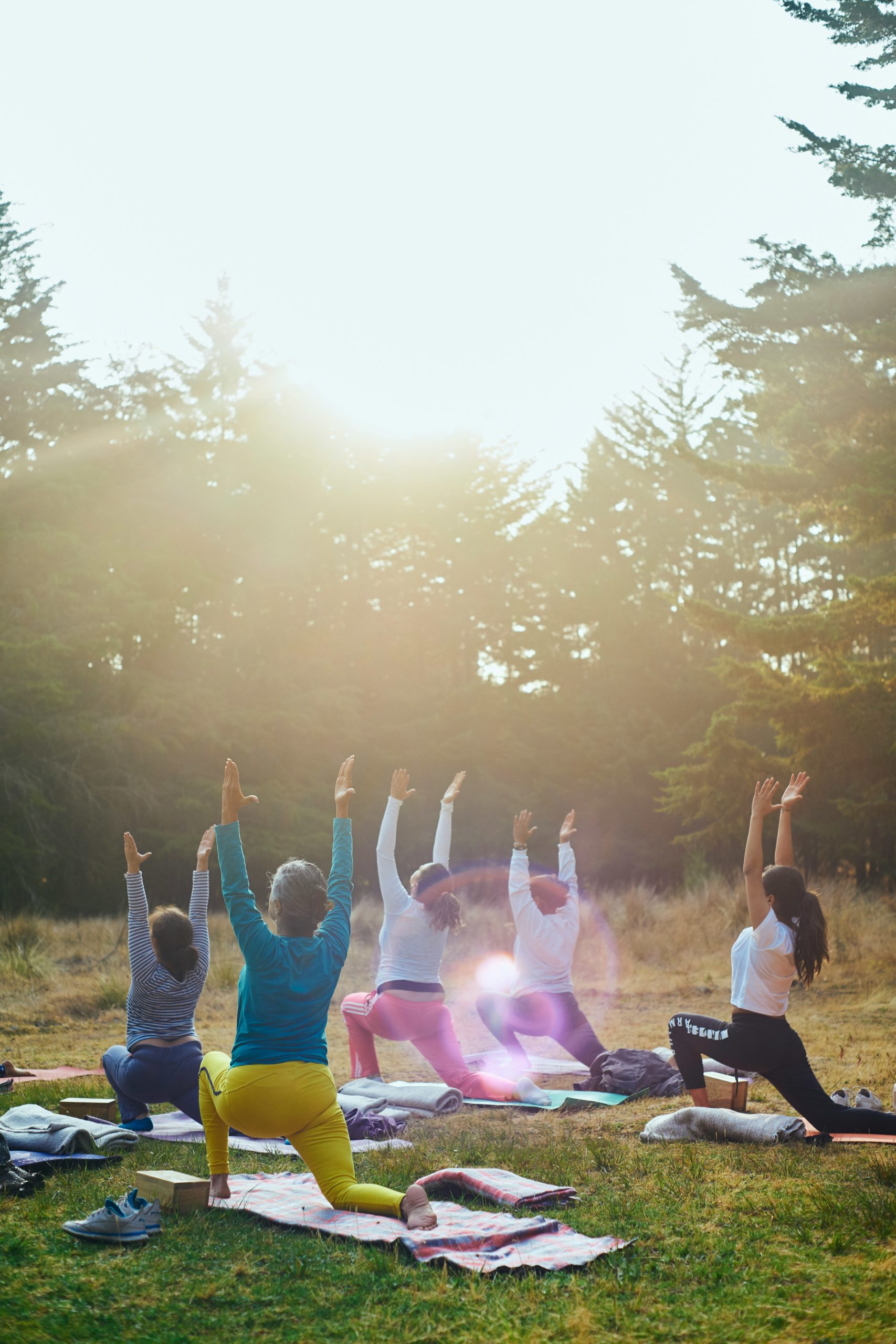
Image Credit: @amavcinema
As promised, I sent my brief to my tutor, and instead of giving ‘traditional’ feedback, he replied with the following questions:
Can you reach both sides of the bridge? You need their help to do the user research.
What is your plan for user research? (Research goal, Any assumptions, time)
Please specify the current problem(s) which you are going to solve (scope of the project)
Are those problem(s) solvable by a digital product? (The artefact)
I appreciate receiving these questions as they helped me realise I already had the answers in my head but hadn’t fully communicated them through my brief. I enjoy this type of feedback. It doesn’t take you by the hand but instead points you in the right direction, allowing me to figure out the path for myself.
Question 1: Can you reach both sides of the bridge? You need their help to do the user research.
Yes, I can and already have reached out to several queer people for their thoughts and opinions. I am also thinking this will be an app designed for the specific requirements of queer people without being exclusive. Everyone is lonely at some point and would like to find more friends close to them.
Question 2: What is your plan for user research? (Research goal, Any assumptions, time).
My goal is to find out how people like to find friends, what kind of friendships people like to have and what the most significant barriers to finding friends are. I am assuming the biggest barrier is stress. The most popular product, MeetUp, is traditionally for meeting bigger groups (MeetUp 2024), which is intimidating and makes it hard to connect with individuals. Coming from the research module, I would love to interview people until I reach data saturation to ensure my insights are accurate, but sadly, there is no time within the project’s scope (Braun and Clarke 2021). However, I will partially mitigate this by incorporating research questions in each testing phase to keep assessing my assumptions.
Question 3: Please specify the current problem(s) that you are going to solve (scope of the project).
The current problem I am trying to solve is that when people move cities/countries, they start everything fresh. New migrants don’t have the luxury of family, school friends or old colleagues nearby. Therefore, I aim to make a product that allows people to find and join local communities and make friends in their new homes. Specifically, I would like to design something that helps protect physical safety when meeting up with people 1:1.
Question 4: Are those problem(s) solvable by a digital product? (The artefact)
If I’m being honest, I don’t think any problem is solvable by a product, digital or otherwise. Problems can only be fixed when individuals put in the effort to fix them, and a product can only help with that journey. Sure, a digital calendar helps me organise all my appointments wherever I am, but that doesn’t mean I will remember to put appointments in the calendar or even look at it when something is coming up. However, I think a product that takes the best parts of moving to a new place and meeting people while helping mitigate the pain points can make the transition to community building smoother.
Therefore, here is my updated brief:
Moving to a new country or city is an exhilarating experience. Everything is different and fresh; you can’t wait to get out there and soak up all the new experiences. But moving can also be crushingly lonely. Suddenly, nobody laughs at your jokes and friend groups are already tightly established with seemingly no wiggle room.
People choose to move for many reasons; a gap year, a better job or a new experience to name just a few. However, the struggle to find your feet in established communities leads to feelings of loneliness and isolation. Within the queer and transgender community (Q/T), this is especially pertinent. Found family is touted by many as “a signature of queer experience” (Jackson Levin et al. 2020: 1) and refers to a non-biologically related group of people that subverts the traditional ideas of a family unit. But the way a found family functions in reality means different things to different people. They can be huge with official gatherings or just a few friends coming together (Blum 2022).
This brief hopes to bridge that gap between loneliness and community building by helping individuals find their feet in new places. The resulting product will not be queer-exclusive but rather be designed around queer-specific experiences to make a more accessible product for all people. Initial research will focus on finding pain points associated with community building and learning how people have done it in the past to see where I can help the process. However, my ultimate goal is to reimagine the tools that will empower queer and trans people of all ages to find their families wherever they are.
References
BLUM, Dani. 2022. ‘The Joy in Finding Your Chosen Family’. The New York Times, 25 Jun [online]. Available at: https://www.nytimes.com/2022/06/25/well/lgbtq-chosen-families.html [accessed 27 Jan 2024].
BRAUN, Virginia and Victoria CLARKE. 2021. ‘To Saturate or Not to Saturate? Questioning Data Saturation as a Useful Concept for Thematic Analysis and Sample-Size Rationales’. Qualitative Research in Sport, Exercise and Health 13(2), 201–16.
JACKSON LEVIN, Nina, Shanna K. KATTARI, Emily K. PIELLUSCH and Erica WATSON. 2020. ‘“We Just Take Care of Each Other”: Navigating “Chosen Family” in the Context of Health, Illness, and the Mutual Provision of Care amongst Queer and Transgender Young Adults’. International Journal of Environmental Research and Public Health 17(19), 7346.
MEETUP. 2024. ‘About – Meetup’. [online]. Available at: https://www.meetup.com/about/ [accessed 31 Jan 2024].
German vocabulary of the week
Feedback – Rückmeldung
